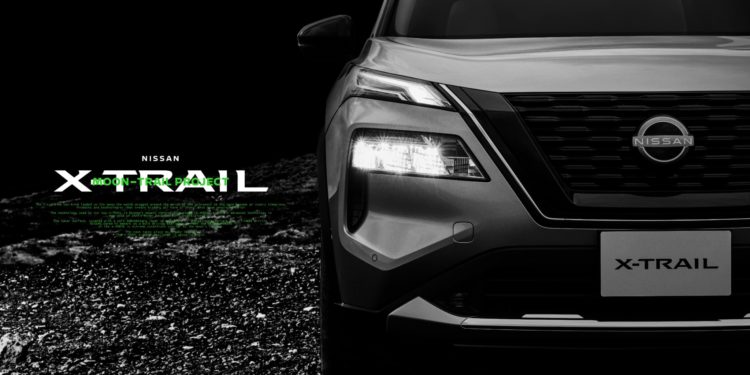Nissan’s e-4ORCE technology is used by the Japan Aerospace Exploration Agency (JAXA) to control the prototype lunar rover’s driving force. This technology enables the prototype rover to properly drive in extreme conditions, such as the rugged, volcanic landscape of Miyakejima, a Japanese volcanic island, where the basaltic sand is similar to the Moon’s regolith. The powerful performance of the Nissan X-Trail brings comfort and confidence to the driver, even on tough and rough terrains like those of a moon’s surface. e-4ORCE controls front and rear drive force and left and right braking, enabling precise cornering and reduced steering correction even on tough roads. e-4ORCE can control the motor down to 1/10,000 of a second, enabling the precise response on any road surface and making driving in rough terrain easier. The second-gen e-POWER with a VC turbo engine lowers the RPMs and the frequency of the engine starts. By cancelling engine noise by emitting an opposite soundwave, a much quieter cabin is achieved.
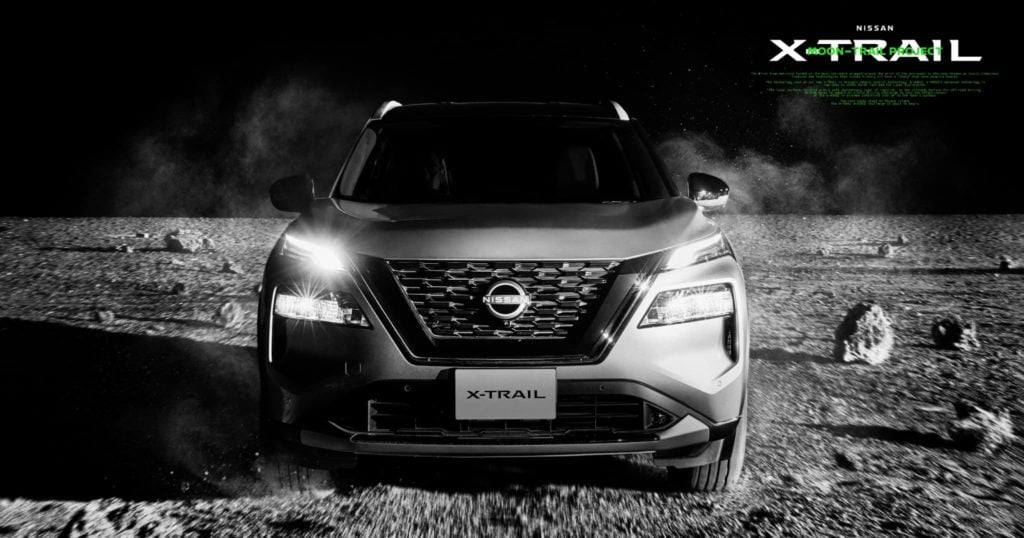
In December 2021, Nissan Motor Co., Ltd. unveiled a lunar rover prototype jointly developed with JAXA at its Nissan Futures event in Japan. The JAXA Space Exploration Innovation Hub Center is conducting research on lunar rovers — a key technology for space exploration. Nissan has been working with JAXA on driving controllability of the rovers since January 2020. A lunar rover must be able to traverse the moon’s powdery, rocky and undulating terrain and be energy efficient. Furthermore, energy sources for operating vehicles in space are limited. Nissan’s research applies the motor control technology it has developed through its production of mass-market electric vehicles such as the LEAF as well as the e-4ORCE all-wheel control technology featured on the all-new Ariya electric crossover. In particular, it is e-4ORCE that is boosting the lunar rover’s performance over tricky terrain.
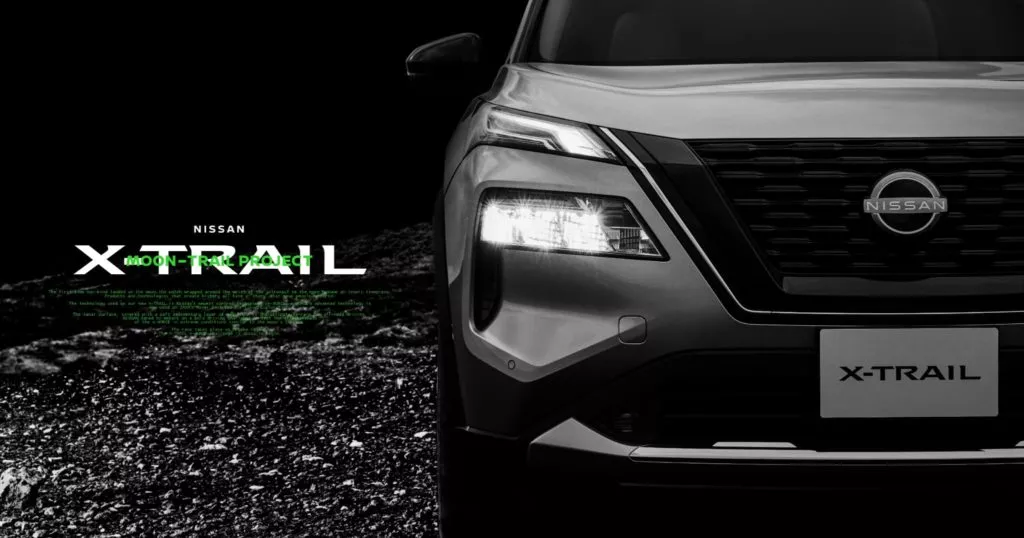
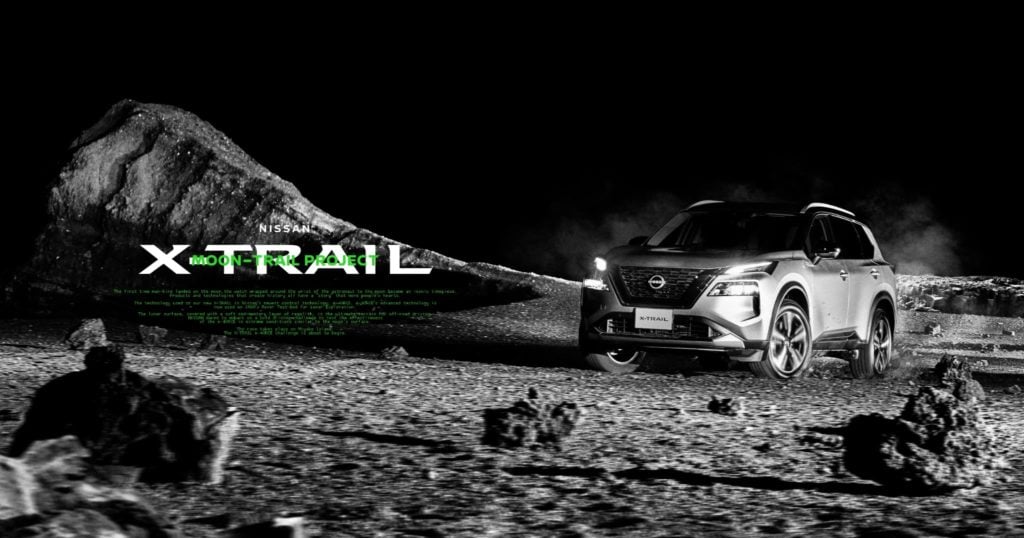
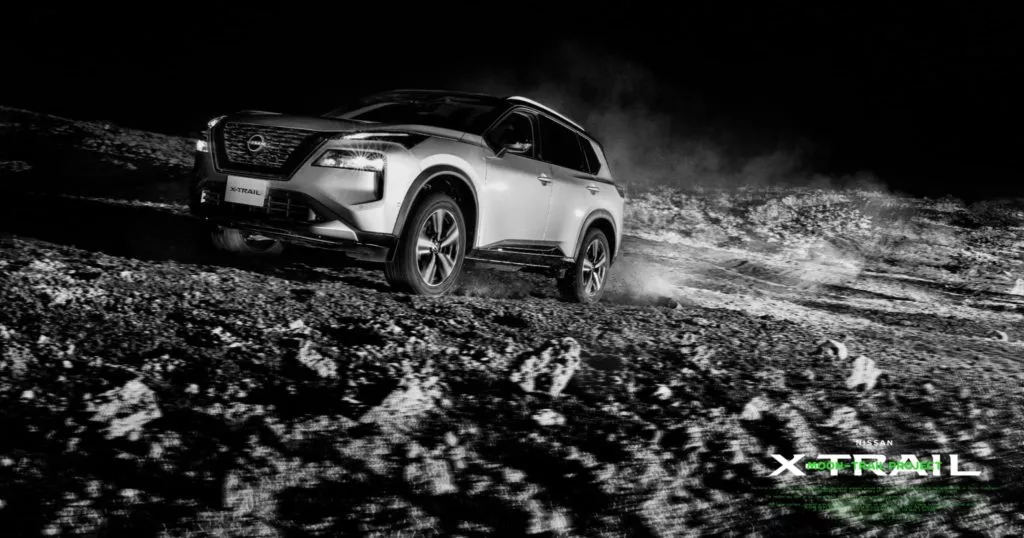
You can add more to this story by commenting below.


